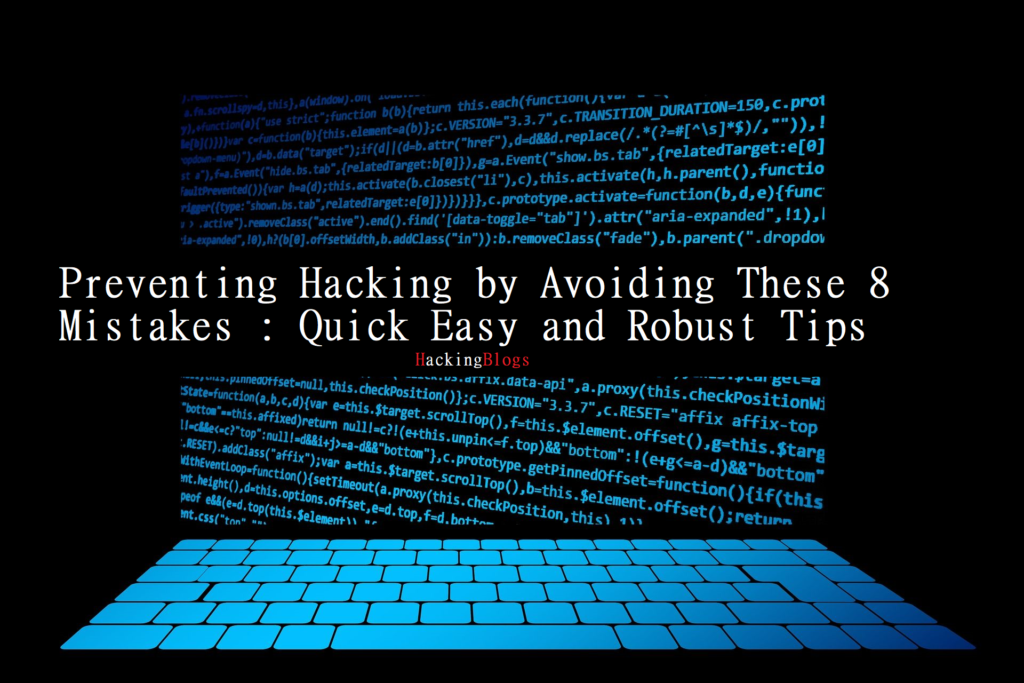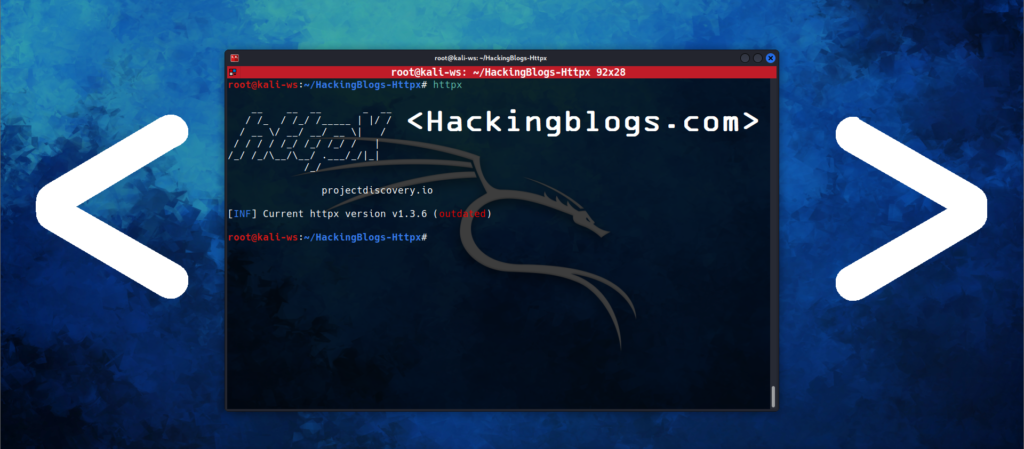Preventing Hacking by Avoiding These Mistakes ! Hello guys in this blog I will be telling you about the important tips that you should follow to keep your app and website safe from the malicious personnel.

Preventing Hacking by Avoiding These Mistakes
Hard coding secrets
You should probably never hard code your API keys, jwt token, passwords and SSh keys if you dont want to hacking to initiate

Rather you can use the environment variables or you can get one from the runtime from server which will solve the problem of hard coding them also using encryptions in mobile app can help you safe for example tools like Pro guard and keychain.
No input validation
The major reason for modern day website of being not secure is because they think every user data that is input into an input parameter is safe but any malicious person using an intercept with the website can easily modify and transform data packet going from the client to the server uncovering different flaws

So never trust user data that is entered into an input parameter. The first step oh hacking is when you consider user data is safe.
Learn how to escape the special characters add Max character limits and don’t process it without validation on the data for example you might have seen password fields only taking 8 characters at a time.
If user input data is not validated critical vulnerability is like cross sites scripting SQL injection and different client side vulnerability are spread into the applications framework.
No rate limit
So if you are a hacker and you know how to use burpsuite you can easily make thousand request for one single username brute forcing it with different passwords but this can generate huge Lotto data packets in the web application so you need to analyse this problem and block the IP address with his being generating the malicious traffic.

Therefore at rate limits on your API.
Block an IP address if it is trying multiple login attempts if rate limit is not applied vulnerability like account takeover will eventually happen into the system
Pushing sensitive file to the prod

If you are a beta or local tester of an environment and you are using different credentials which are very sensitive for the organisation but is being pushed into the conflict file and being uploaded on the local machines it is never ok but you can change this by editing the services changing the settings which will not allow uploading on production environment.
Using outdate components and libraries
Well Cve comes out for every software and you might get a new CVE every 3 to 2 days which shows how important it is to change the outdated libraries and update the framework why it is important because it has a persisting vulnerability which can damage your hole environment if problems like cross sides scripting and SQL injection take into place therefore

You should always be continuously updating your systems you are software your packages your programming languages everything every library and framework to be on the safe zone
Also keep a look on the best sites which patch these vulnerability and cves and check if your software comes into the list well hacking blocks will definitely help you out.
Running unwanted services on servers
Developers on the production side have a very bad habit of keeping certain ports of open all of the time for their testing purposes these open ports are house for malicious hacked they will easily connect through the sports Axis the mainframe if it has a persisting vulnerability so you should always keep these ports closed.

Never use a third party software if it does not have a certificate and it does not proves that it will keep your system safe always go through the documentation.
Not using Firewall

Well it is very important to run a Firewall continuously on a web app these can be cloud player or Google’s Firewall you may use it to prevent the majority of the attacks and the best part Cloudflare is free.

Not doing a vulnerability assessment penetration testing on the web app
Always always keep doing A VA PT continuously on your web app to find out the vulnerability as soon as possible and solve the issue from your side so that no third party can take access of your asset and destroy it.
Frequently Asked Questions
- What is a firewall and why is it important for network security?
A firewall is a network security system that monitors and controls incoming and outgoing network traffic based on pre-established security rules. It is important for preventing unauthorized access to a network and protecting sensitive information. - How does rate limiting help prevent network vulnerabilities?
Rate limiting restricts the amount of traffic that can pass through a network, helping to prevent potential network overload and malicious attacks such as DDoS attacks. - What are the risks of leaving unwanted ports open on a network?
Leaving unwanted ports open can create security vulnerabilities, allowing unauthorized access to a network and potential exploitation by hackers. - Why is it dangerous to hardcode passwords in software or devices?
Hardcoding passwords makes it easier for attackers to gain unauthorized access to a network or device, as the password is easily retrievable from the source code. It is a poor security practice that can lead to data breaches and compromised systems. - What is vulnerability assessment and penetration testing (VAPT)?
VAPT is a proactive approach to network security that involves identifying potential vulnerabilities in a network or system, and then testing these vulnerabilities to assess the level of risk they pose. This helps organizations to identify and address security weaknesses before they can be exploited by attackers. - How often should organizations perform VAPT assessments?
It is recommended that organizations perform VAPT assessments on a regular basis, such as annually or after major changes to the network or system. Regular assessments help to ensure that security measures are up-to-date and effective in protecting against emerging threats. - What are some common firewall configurations that can enhance network security?
Common firewall configurations include setting up access control lists (ACLs), enabling intrusion prevention systems (IPS), and implementing virtual private networks (VPNs) for secure remote access. - How can organizations ensure that their firewall rules are effective in protecting their network?
Organizations can regularly review and update their firewall rules, conduct penetration testing to identify any weaknesses, and monitor network traffic for any suspicious activities that may indicate a breach. - What are some best practices for securing network devices from unauthorized access?
Best practices include regularly updating device firmware and software, changing default passwords, implementing strong access controls, and restricting physical access to critical network devices. - How can organizations stay informed about the latest threats and security trends in network protection?
Organizations can stay informed by subscribing to security blogs and newsletters, attending industry conferences and webinars, and participating in information sharing and threat intelligence programs with other organizations.
Well that is it for this blog I have covered all the major points that you should keep in your mind stay safe follow these principles and be aware of the cyber news through hackingblogs.com and I will see you in the next blog.


